A well-executed side pass is one of the most impressive and useful maneuvers in a horse’s repertoire. This lateral movement, where the horse moves directly sideways while maintaining a straight body position, demonstrates both the rider’s skill and the horse’s responsiveness. Whether you’re preparing for competition, improving your trail riding abilities, or simply enhancing your horse’s overall training, mastering the side pass can elevate your horsemanship to new heights. This comprehensive guide explores proven techniques, common challenges, and expert tips to help you teach your horse this essential lateral movement with confidence and clarity.
Understanding the Side Pass: What It Is and Why It Matters

The side pass is a lateral movement where the horse steps directly sideways while maintaining a straight body alignment from nose to tail. During a proper side pass, the horse’s legs should cross over one another, with the leading legs stepping over and in front of the trailing legs. This maneuver differs from other lateral movements like the leg yield, where the horse moves both forward and sideways simultaneously. Side passing serves practical purposes beyond the show ring—it allows riders to open gates without dismounting, navigate narrow trails with obstacles, position precisely for mounting, and demonstrate fine-tuned communication between horse and rider. Mastering this skill also develops the horse’s balance, flexibility, and responsiveness to subtle cues, creating a foundation for more advanced lateral work.
Prerequisites Before Teaching the Side Pass
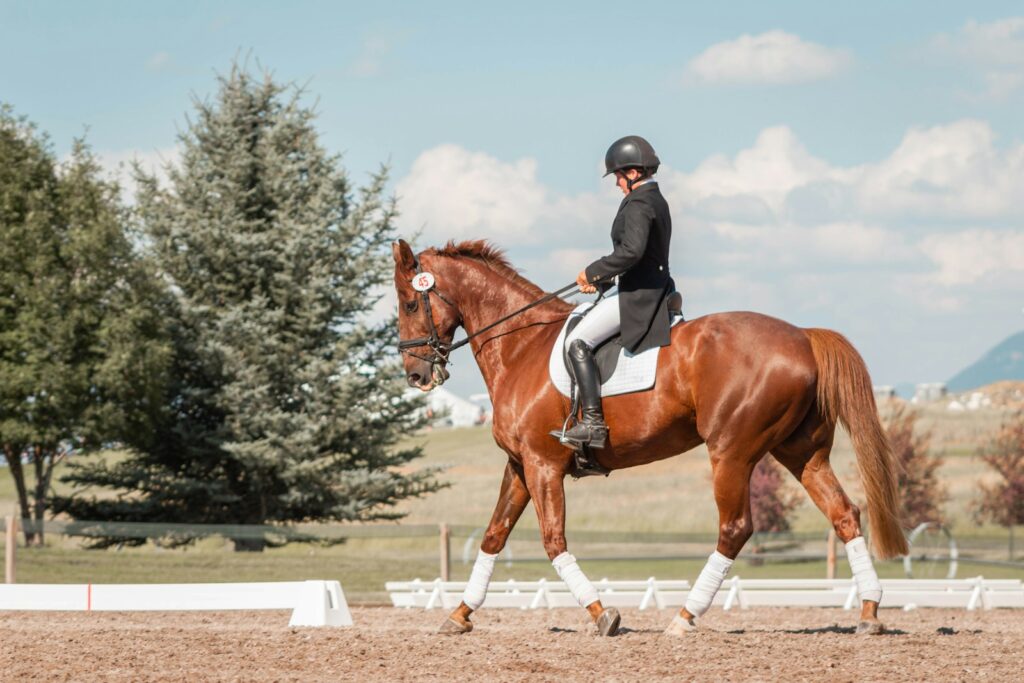
Before attempting to teach your horse to side pass, several foundational skills should be firmly established. Your horse must respond consistently to basic leg and rein cues, understanding the concepts of moving away from pressure and maintaining a steady rhythm. Stopping and standing quietly on command is essential, as the side pass begins from a stationary position in early training. Your horse should also be comfortable with your leg positioned at the girth area without becoming anxious or rushing forward. Additionally, ensure your horse has developed sufficient balance, coordination, and flexibility through previous training exercises such as turns on the forehand, as these movements prepare the horse’s body for the more complex side pass maneuver. Rushing into side pass training before these basics are solid will only create confusion and frustration for both horse and rider.
Starting With Ground Work: The Foundation for Success
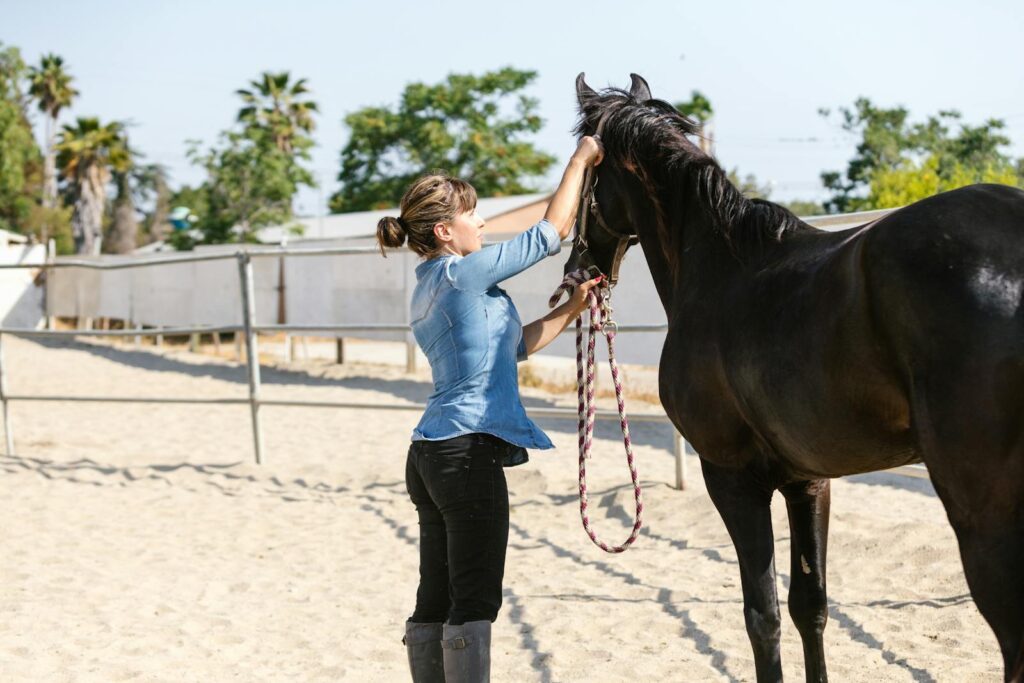
Ground work provides an excellent foundation for teaching the side pass, as it allows the horse to understand the concept of lateral movement before adding the complexity of a rider. Begin by standing near your horse’s shoulder, facing the same direction as your horse, and apply light pressure with your hand at the point where your leg would be if mounted. When the horse takes even the smallest step sideways, immediately release pressure and offer praise. Gradually increase your expectations, asking for multiple steps while keeping the horse’s body straight. A useful groundwork exercise involves positioning your horse alongside a fence or wall, which prevents forward movement and clarifies what you’re asking. As your horse becomes more confident with the ground cues, incorporate a dressage whip to lightly tap the side where you want the horse to move away from, simulating leg pressure. These groundwork sessions build the neural pathways necessary for understanding the mounted cues that will follow.
Using Barriers to Clarify the Concept
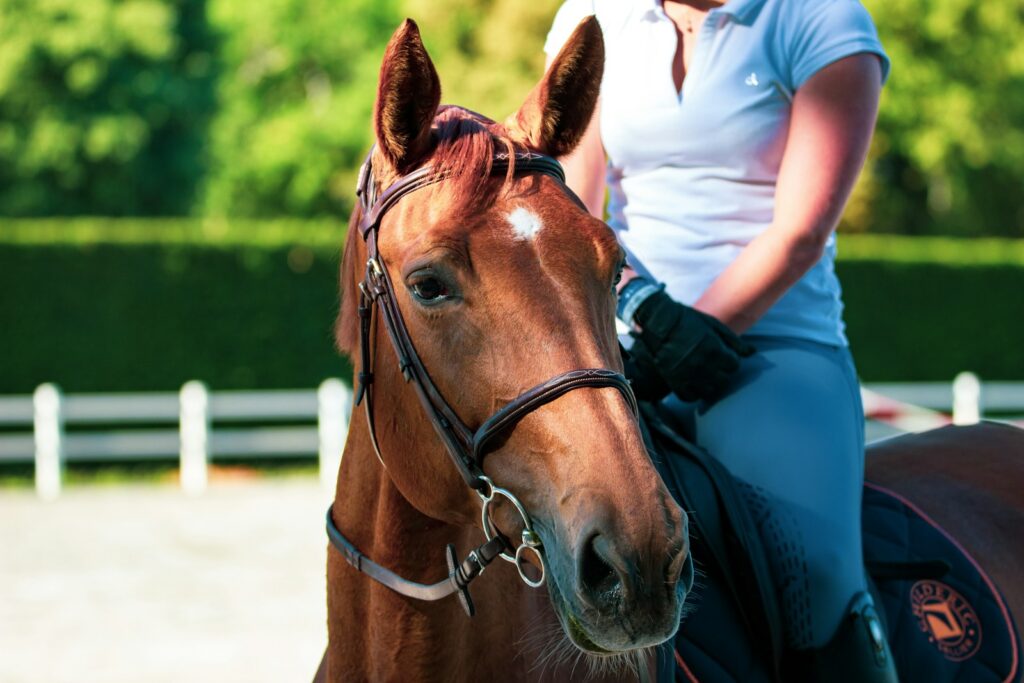
Physical barriers serve as excellent teaching aids when introducing the side pass under saddle. A fence, arena wall, or ground pole positioned parallel to your horse provides a visual and physical boundary that discourages forward movement and clarifies the lateral request. Begin by positioning your horse perpendicular to a fence or wall, leaving enough space to side pass along it comfortably. Apply the appropriate leg and rein cues, using the barrier to prevent the horse from moving forward instead of sideways. For horses that struggle with the concept, elevating one end of a ground pole creates a slight angle that naturally encourages the horse to step sideways rather than over it. As your horse becomes more confident, practice approaching the barrier at different angles to increase difficulty gradually. Remember that barriers are training aids meant to be phased out over time; your goal should be a horse that responds to your cues alone, regardless of environmental assistance.
The Correct Rider Position and Aids

Your body position plays a crucial role in communicating the side pass effectively to your horse. Sit centered in the saddle with your weight distributed evenly across both seat bones, maintaining a tall upper body with relaxed shoulders. For a side pass to the right, apply pressure with your left leg at or slightly behind the girth while simultaneously using your right rein to ask the horse to flex slightly in the direction of movement—just enough to see the corner of your horse’s eye. Your left rein maintains light contact to prevent over-flexing or turning. The timing of these aids must be coordinated; apply leg pressure first, followed immediately by the supporting rein cues. Avoid collapsing at the waist toward the direction of movement, as this shifts your weight incorrectly and confuses your horse. Your position should communicate “move sideways” rather than “turn and go forward,” so maintain your body alignment parallel to your horse’s body throughout the movement.
Starting With Simple Step-by-Step Exercises
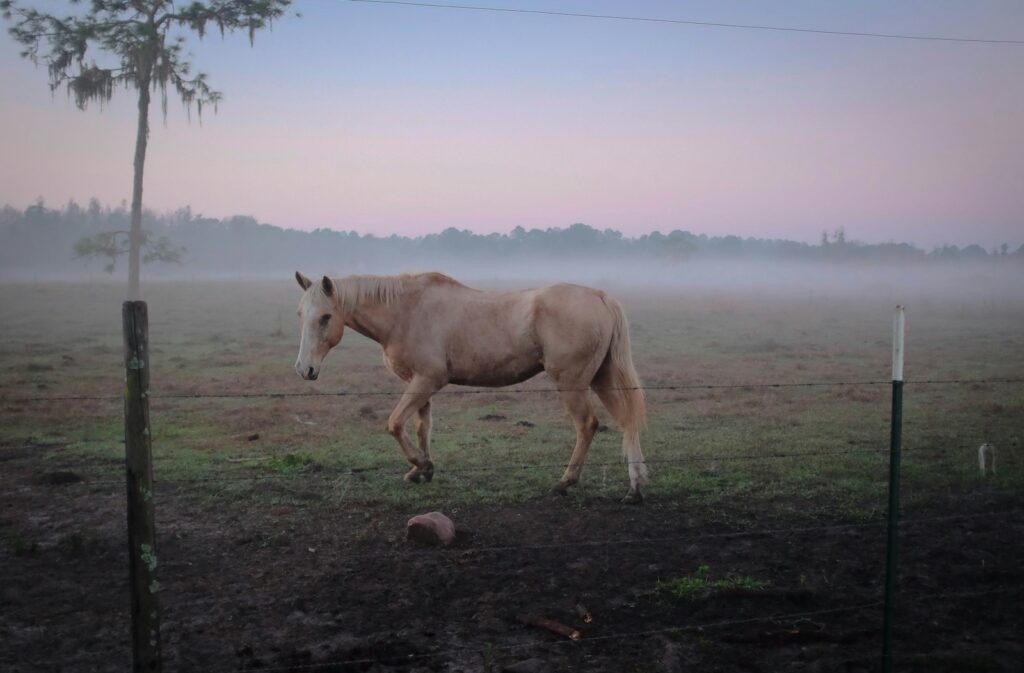
Begin teaching the side pass with straightforward exercises that build your horse’s confidence and understanding. Start from a complete halt beside a fence or wall, asking for just one sideways step before releasing pressure and rewarding generously. Once your horse consistently gives one step, gradually increase to two steps, then three, always returning to the basics if confusion arises. An effective progression involves walking forward, halting, asking for a side pass of just a few steps, walking forward again, and repeating. This approach helps prevent the horse from becoming stuck or frustrated with extended side passing sessions. Another simple exercise involves side passing away from mounting blocks or fences, which provides practical application for the skill. Throughout these introductory exercises, focus on quality rather than quantity—clean, deliberate steps with proper body alignment are more valuable than numerous rushed or confused movements. Remember that short, successful sessions build confidence faster than prolonged drilling.
Common Mistakes and How to Avoid Them
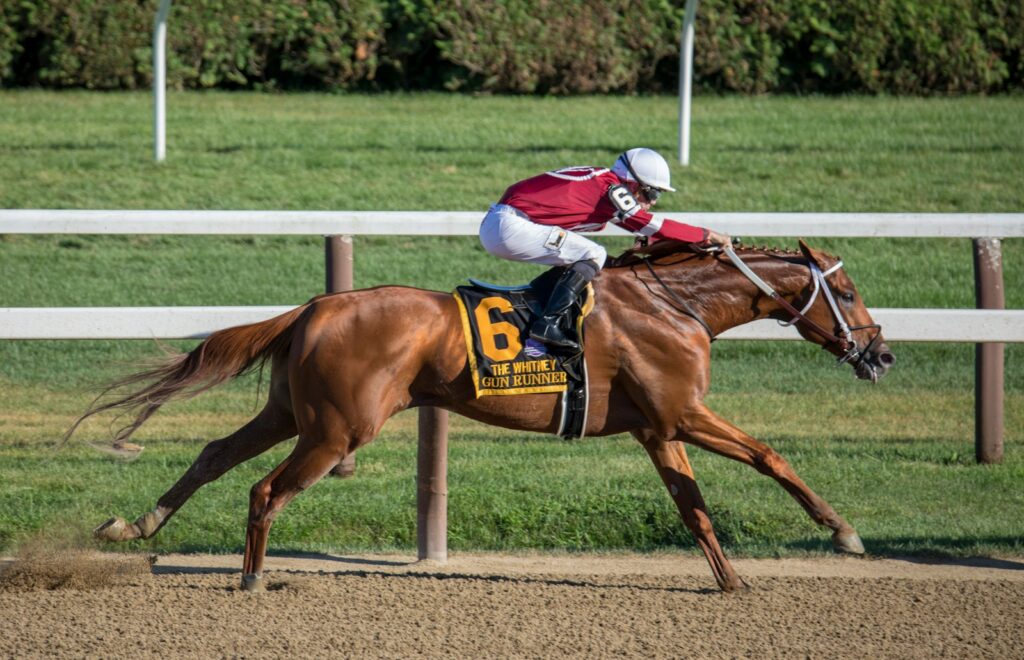
Several common errors can impede progress when teaching the side pass. One frequent mistake is using excessive rein pressure, which causes the horse to overbend, leading to hindquarter drift and an incorrect diagonal movement instead of true lateral steps. Another error is applying leg cues too far back, which pushes the shoulders in the opposite direction and creates a swinging movement rather than direct sideways travel. Riders often inadvertently lean in the direction of desired movement, which contradicts the leg pressure by shifting weight against the movement. Inconsistent or poorly timed release of pressure represents another significant problem—horses learn from the release, so failing to reward the correct response immediately creates confusion. Additionally, many riders progress too quickly before the foundational steps are solid, trying complex patterns before basic side passing is reliable. To avoid these pitfalls, consider having an experienced trainer observe your technique, video yourself for self-assessment, or work with ground poles that provide immediate feedback on straightness and accuracy.
Addressing Resistance and Evasion Tactics

Horses commonly develop evasion strategies when learning the side pass, and identifying these patterns early allows for effective correction. If your horse backs up instead of moving sideways, you may be using too much rein or creating confusion with your aids; try using a barrier and focusing more on leg cues while maintaining lighter rein contact. When horses rush forward rather than stepping sideways, your timing of release may be off, inadvertently rewarding forward movement; practice halting squarely before asking for the side pass and ensure you’re not leaning forward in anticipation. Some horses will drift the hindquarters in the opposite direction, creating a diagonal rather than lateral movement; this typically results from excessive rein pressure or insufficient supporting leg. For horses that become stiff and resistant, break the exercise into smaller increments, rewarding even the slightest correct effort, and consider reviewing your own position for tension that might transfer to your horse. Remember that resistance usually indicates confusion rather than disobedience, so returning to simpler exercises often resolves these issues more effectively than increased pressure.
Progressing to Advanced Side Passing Techniques
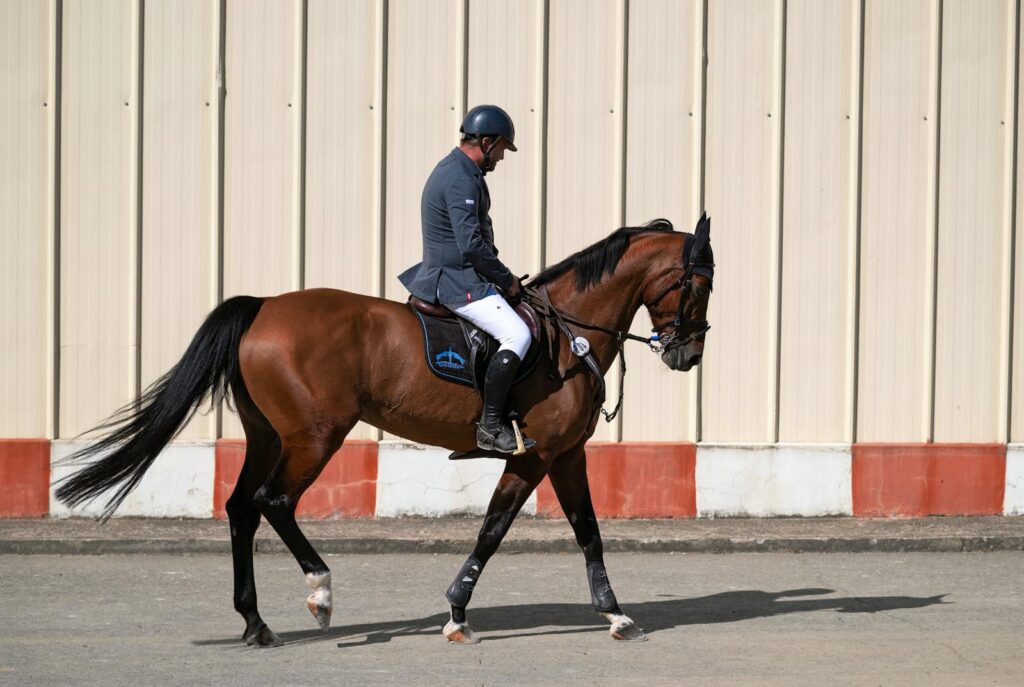
Once your horse confidently performs basic side passing movements, you can introduce advanced variations that enhance precision and versatility. Begin by practicing side passing in both directions, ensuring equal development of muscles and responsiveness on both sides. Next, attempt side passing without the assistance of barriers, gradually working in open spaces where the horse must rely solely on your cues. An excellent progression exercise involves side passing across ground poles placed parallel to each other, which requires greater precision and body awareness from your horse. For more advanced horses, practice transitioning smoothly between side passing and other maneuvers—side pass a few steps, walk forward, halt, and side pass again without losing straightness or rhythm. The ultimate challenge involves side passing along curved lines or around objects, which demands sophisticated body control and responsiveness. Throughout this advanced work, maintain your focus on quality over quantity, rewarding particularly smooth or accurate executions to reinforce excellence rather than mere completion.
Using Side Passing in Practical Situations

The true test of well-trained side passing comes in real-world applications outside the arena. Trail riding offers numerous opportunities to use this skill practically, such as navigating between closely spaced trees or positioning yourself alongside narrow bridges. One of the most common applications is gate opening; a horse that side passes confidently allows the rider to open and close gates without dismounting, enhancing both convenience and safety. During group rides, side passing helps create space between horses when necessary or allows you to position yourself precisely for conversations with fellow riders. For ranch work, the ability to side pass enables riders to sort cattle efficiently or move alongside animals that need attention without disrupting the herd. When introducing these practical applications, begin in controlled environments with minimal distractions before attempting the same maneuvers in more challenging situations. The versatility of a well-executed side pass makes it one of the most practical skills in your horsemanship toolkit, applicable across disciplines from dressage to ranch work.
Timing and Patience: The Critical Factors for Success
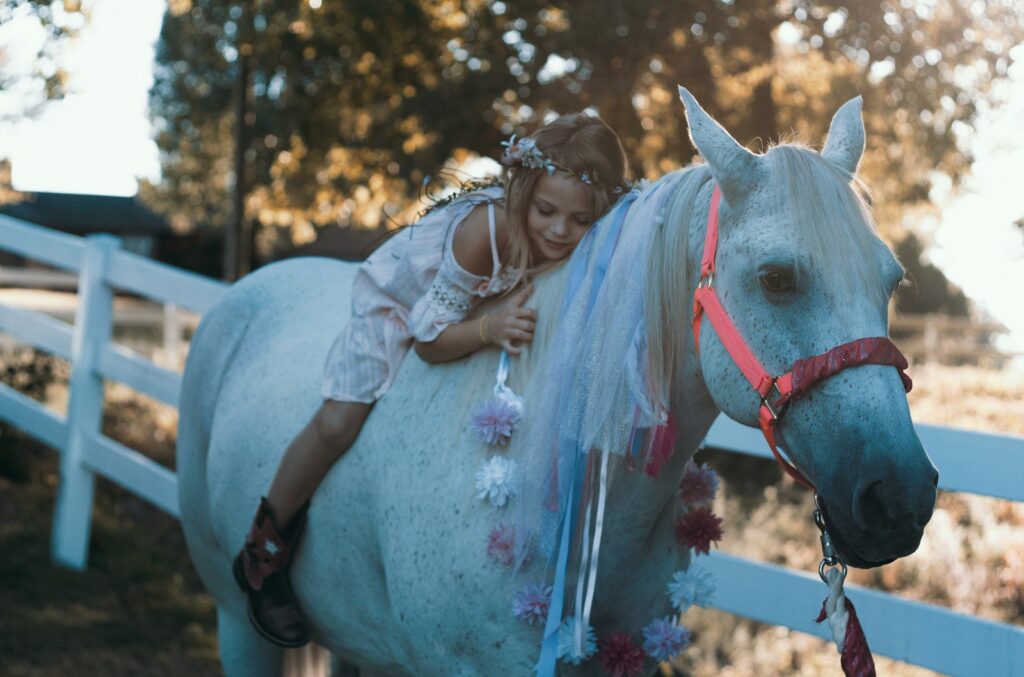
Perhaps no elements are more crucial to successfully teaching the side pass than timing and patience. The precise moment you release pressure communicates to your horse exactly which movement earned the reward, so developing exquisite timing of release fundamentally shapes your horse’s understanding. Begin by rewarding even the slightest correct effort—a weight shift in the right direction deserves acknowledgment before expecting complete sideways steps. Similarly, patience proves essential throughout the learning process, as horses typically require numerous repetitions to develop muscle memory and confidence with this challenging movement. Set realistic timelines for progress, understanding that most horses need weeks or even months of consistent practice before side passing becomes reliably smooth. Short, focused training sessions of 5-10 minutes often yield better results than lengthy drilling that leads to mental and physical fatigue. Remember that rushing the process typically creates holes in training that require more time to fix than a methodical approach would have taken initially.
Tailoring Your Approach to Different Horse Types

Different horses require individualized approaches to side pass training based on their temperament, previous experience, and physical attributes. Sensitive, reactive horses often respond best to extremely light cues and frequent breaks to process what they’re learning, becoming confused or anxious with too much pressure. For these horses, groundwork proves especially valuable in building confidence before mounted work begins. Conversely, duller or less responsive horses may need clearer, more assertive aids to understand what you’re asking, though care must be taken not to escalate to harsh cues that create resistance. Young horses typically benefit from more physical guidance through barriers and groundwork, while experienced horses that have developed incorrect habits may need a complete restart with basic concepts. Physical limitations also necessitate adaptations—horses with stiffness in particular areas may require additional flexibility work before side passing becomes comfortable. By observing your horse’s responses closely and adjusting your approach accordingly, you can optimize the learning process for your individual horse’s needs and learning style.
Maintaining and Refining the Side Pass Over Time

Once your horse has learned the basic side pass, consistent maintenance and refinement transform it from a rough maneuver into an elegant expression of partnership. Incorporate brief side passing exercises into your regular riding routine rather than drilling the movement only in dedicated training sessions. This integration helps maintain the skill without creating boredom or resistance. Periodically return to groundwork exercises even with advanced horses, as this reinforces the fundamentals and identifies any developing issues. Challenge yourself and your horse by setting precise goals for side passing, such as moving exactly from one marker to another or maintaining perfect straightness throughout. Video your sessions occasionally to assess subtleties that may not be apparent while riding, such as crossover quality or body alignment. Regular transitions between side passing and other movements prevent the horse from anticipating and rushing through the exercise. With consistent attention to quality and detail, your horse’s side pass will continue developing in precision and smoothness throughout your partnership, becoming one of the most reliable and impressive elements of your communication system.
Conclusion
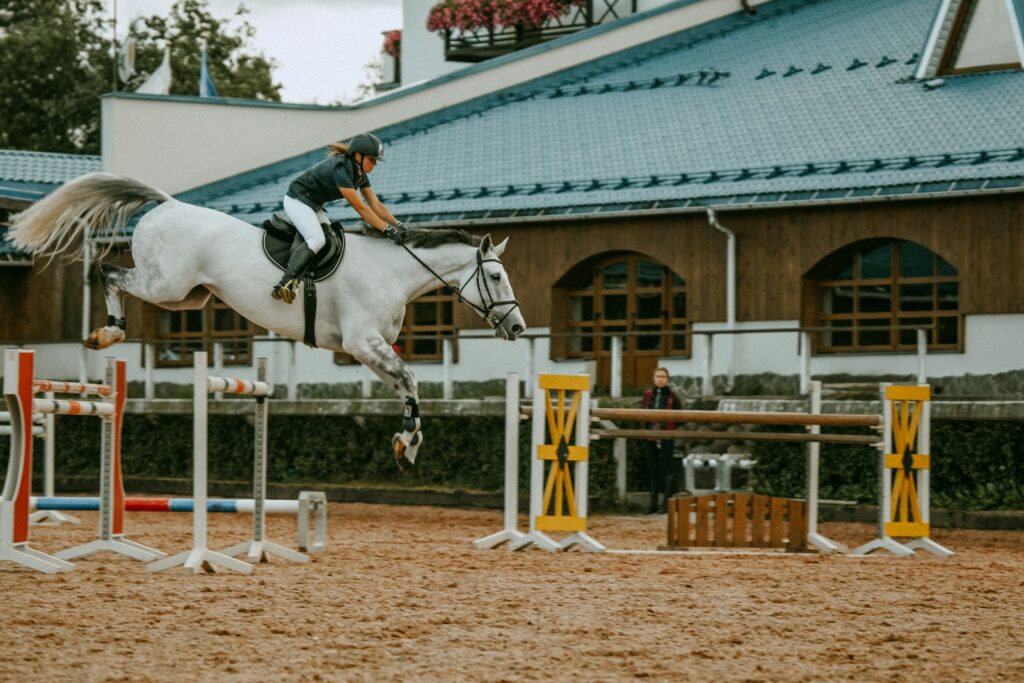
Teaching a horse to side pass effectively requires a systematic approach built on clear communication and patient persistence. By establishing solid foundations through groundwork, using appropriate barriers, maintaining correct position, and timing your aids precisely, you can guide your horse to understanding this valuable lateral movement. Remember that each horse learns differently, requiring you to adapt your methods to their individual needs and capabilities. Throughout the process, focus on quality over quantity, rewarding the slightest correct efforts while maintaining consistent expectations. The side pass represents more than just an impressive maneuver—it embodies the refined communication between horse and rider that defines true horsemanship. With these approaches, you’ll develop a responsive, balanced partner capable of fluid lateral movement that enhances everything from daily handling to competitive performance.







